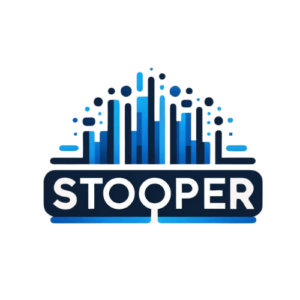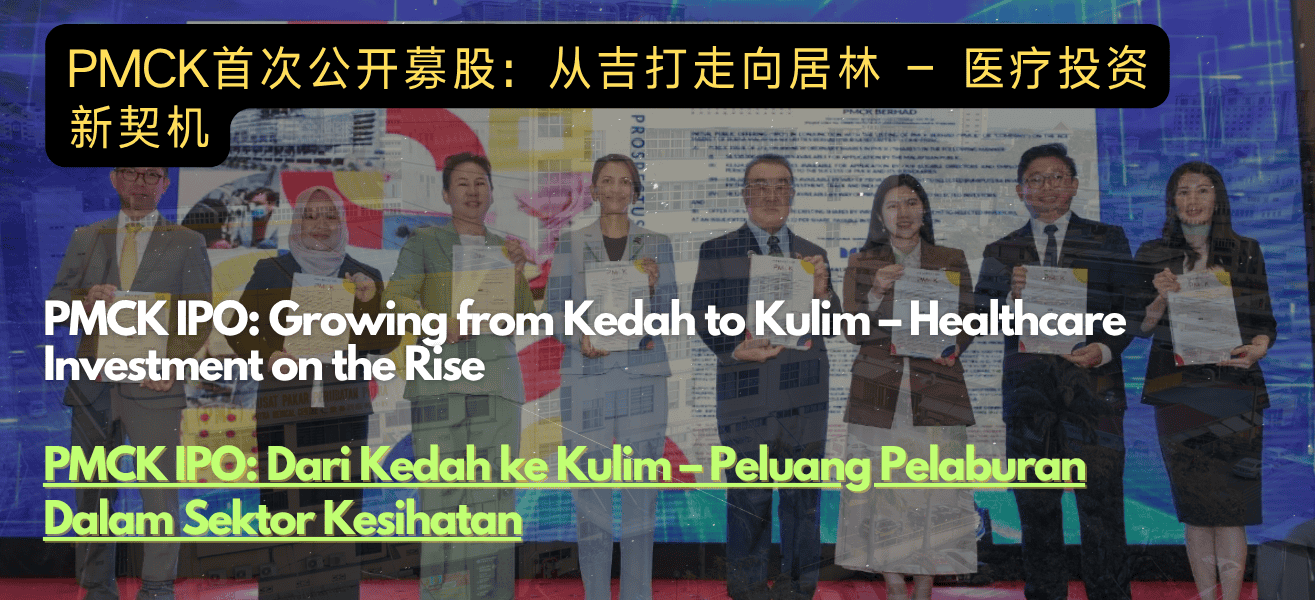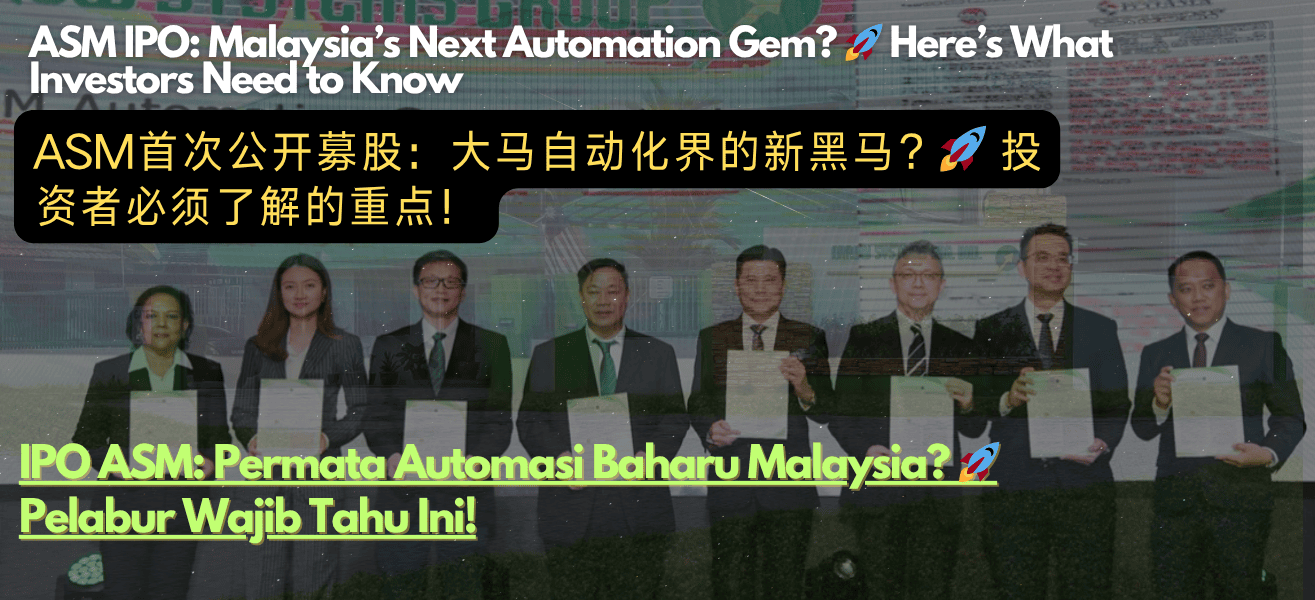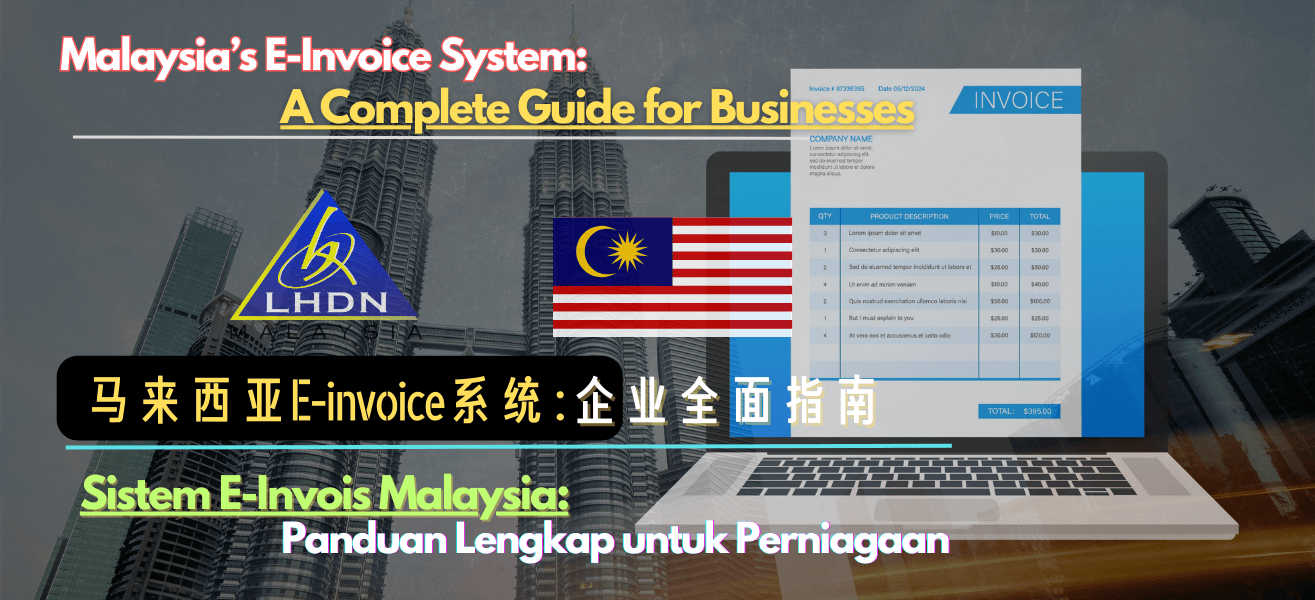Introduction Malaysia is transitioning into a modern tax era with the adoption of the electronic invoice (e-Invoice) system, led by the Inland Revenue Board of Malaysia (IRBM). This new initiative is expected to transform tax compliance, streamline business operations, and foster transparency. Supported by the Malaysia Digital Economy Corporation (MDEC) as the PEPPOL Authority, the system aligns with global e-Invoicing standards and introduces MY-PINT, a localized version of PEPPOL. In this blog, we delve into what the e-Invoice system entails, its objectives, implementation workflow, and essential steps Malaysian employers should take to ensure a seamless transition.
What is an E-Invoice? An e-Invoice is a digitally structured document exchanged between businesses through a centralized platform, adhering to regulatory standards. Unlike traditional invoices, e-Invoices provide real-time validation, ensuring tax compliance and accuracy. Malaysia’s e-Invoice system utilizes PEPPOL (Pan-European Public Procurement Online) standards, promoting interoperability and efficiency in cross-border and domestic transactions.
Key Objectives of the E-Invoice System
- Enhancing Tax Compliance: Minimizing tax evasion through real-time data submission.
- Streamlining Processes: Reducing administrative tasks and paperwork.
- Improving Business Efficiency: Enabling quicker invoice validation and payment cycles.
- Fostering Transparency: Building trust through accurate and accessible financial records.
- Facilitating Cross-Border Transactions: Utilizing the MY-PINT framework to ensure seamless trade.
E-Invoice Workflow Explained The e-Invoice system follows a structured process:

- Invoice Creation:
- Businesses generate invoices using IRBM-compliant software.
- The invoices are structured to meet the technical and legal standards of the PEPPOL framework.
- Transmission to IRBM:
- Invoices are electronically transmitted to the MyInvois platform via Application Programming Interfaces (APIs) or direct entry for validation.
- Data fields are validated against pre-defined business rules to ensure accuracy and compliance.
- Validation and Acknowledgment:
- The MyInvois system verifies the invoice content, applying tax compliance rules and validation checks.
- Upon successful validation, the system generates a unique Invoice Reference Number (IRN) as proof of authenticity.
- Acknowledgment and Notifications:
- Sellers receive acknowledgment of validation via the system.
- Buyers are notified and can retrieve the validated invoice for their records.
- Data Storage and Reporting:
- All validated invoices are stored securely in IRBM’s database for up to 10 years.
- Both parties can access dashboards for analytics and reporting.
- Adjustments and Corrections:
- Errors identified within 72 hours can be addressed through the adjustment or cancellation process.
- Corrections beyond this period require issuing credit or debit notes.
Phased Implementation Timeline
- Pilot Phase (May 2024): Involves 90 corporate taxpayers to test the system.
- Phase 1 (August 1, 2024): Mandatory for taxpayers with revenue exceeding RM100 million.
- Phase 2 (January 1, 2025): Applies to taxpayers with revenue between RM25 million and RM100 million.
- Phase 3 (July 1, 2025): Mandatory for all remaining taxpayers.
Steps Malaysian Employers Should Take To ensure readiness, employers must implement these measures:

- Upgrade Accounting Systems:
- Transition to IRBM-approved software capable of e-Invoice generation and validation.
- Ensure the system supports XML or JSON formats for submission.
- Provide Staff Training:
- Organize sessions to educate employees on using the e-Invoice platform.
- Highlight the importance of accurate data entry and compliance.
- Collaborate with Experts:
- Engage IT professionals to integrate systems seamlessly.
- Consult tax advisors to understand legal implications and optimize processes.
- Test and Refine Processes:
- Conduct pilot runs to identify and resolve operational challenges.
- Use feedback to refine workflows before full implementation.
- Enhance Cybersecurity Measures:
- Protect sensitive data through robust encryption and access controls.
- Regularly monitor and update systems to prevent breaches.
- Stay Updated with Regulations:
- Monitor updates from IRBM to adapt to any changes in requirements.
Examples of E-Invoice Types
- Ordinary E-Invoice: Issued for standard transactions.
- Consolidated E-Invoice: Summarizes high-volume retail transactions, typically submitted monthly.
- Self-Billed E-Invoice: Generated by buyers under specific circumstances, such as importation of goods or cross-border services.
Challenges and Solutions
- Integration Issues: Smaller businesses may face technical challenges integrating their systems.
- Solution: Partner with accredited solution providers for smooth onboarding.
- Learning Curve: Staff might need time to adapt to the new processes.
- Solution: Invest in comprehensive training programs.
- Data Security: Ensuring secure handling of sensitive invoice data.
- Solution: Implement strong encryption protocols and cybersecurity training.
Benefits of the E-Invoice System
- Cost Savings: Reduced manual processing and paperwork.
- Faster Payments: Enhanced payment cycles due to validated invoices.
- Improved Compliance: Simplified adherence to tax laws.
- Data Accuracy: Fewer disputes and streamlined audit processes.
- Global Interoperability: Aligning with PEPPOL standards enables seamless international transactions.
Malaysia’s e-Invoice system signifies a groundbreaking shift in tax and business operations. By preparing proactively, businesses can leverage this system to achieve greater efficiency and compliance. Employers must focus on system upgrades, staff training, and staying updated with regulations to ensure a smooth transition. Together with the PEPPOL framework, these efforts will drive Malaysia towards a transparent, efficient, and globally integrated tax environment.
For more information : LHDN E-Invoice Guideline
For more blog visit here Stooper
 MYR 1 →
MYR 1 → USD: 0.2358
USD: 0.2358  SGD: 0.3036
SGD: 0.3036  EUR: 0.2083
EUR: 0.2083  THB: 7.6927
THB: 7.6927  KRW: 323.1171
KRW: 323.1171  CNY: 1.6972
CNY: 1.6972  JPY: 33.6755
JPY: 33.6755 


















